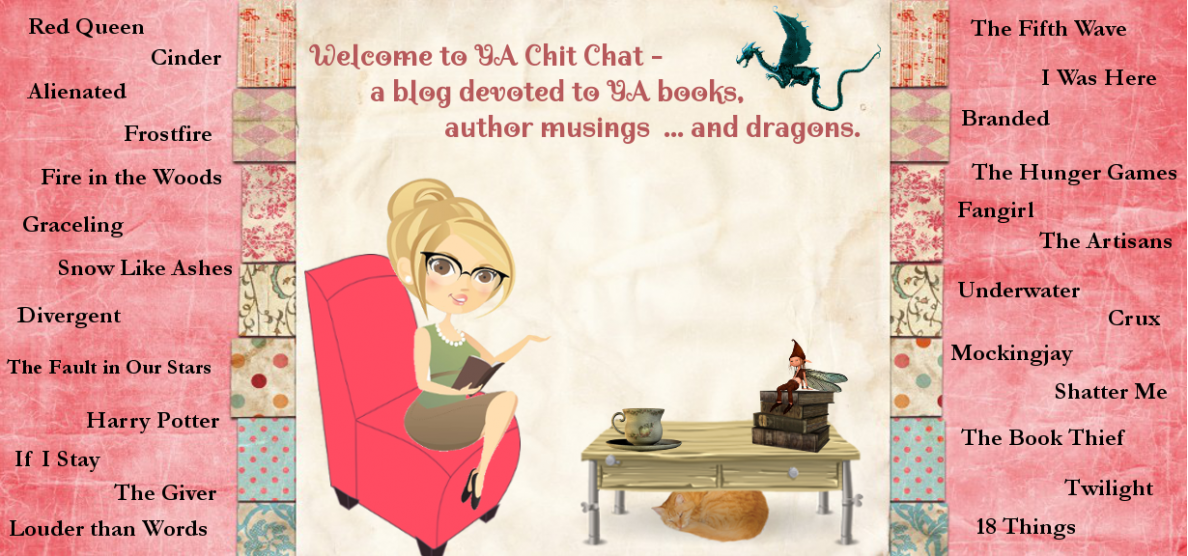A lot of people love a good fright now and then. There’s something liberating about confronting the fears that scare us the most and living through the terrifying ordeal to tell the tale.
The master horror story-teller to me is Stephen King. The movies have a lot to be desired in most cases, but his books are spine tinglers. My husband, to this day, cannot watch or read, MISERY. THE SHINING terrified my oldest son. I thought CHRISTINE was pure genius, and let’s not forget THE STAND (even if it was a collaborative piece).
But what makes for a great horror story? Does there have to blood and guts and gore? The answer is simple: No. In fact, some of the best horror stories aren’t bloody at all; they simply take your mind to that place you don’t want to go. They tap into your ultimate fear and drag you through it, kicking and screaming, forcing you to face the absolute terror from the safety of your own home.
So, what are the key elements to writing horror?
- Leave as much to the reader’s imagination as possible.
- provide lots and lots of suspense
- wind up the story with a satisfying conclusion
- create believable characters
- keep even pacing, and
- provide suggestiveness in descriptions verses giving a blunt, full force gross out.
Finding adult horror can sometimes be a challenge when trying to find suitable books in this genre for teens to read, so what are some good YA horror novels? Try these if you’re looking for amazing chills:



Related articles
- 9 Scare Tactics For Writing Horror (youngatink.wordpress.com)
- Why Horror? By Donald Jacob Uitvlugt (horrornovelreviews.com)
- What is horror? (horroraddicts.wordpress.com)
- Scared Stiff? Yes… Alex Laybourne Has That Effect… (cliffroberts2012.wordpress.com)

In my short life of reading, Stephen King ultimately takes the crown when it comes to horror. It’s not what he writes, but like everyone here mentions, what is implied. Implications are the most powerful tool a storyteller can use, whether it be in film or the written word. The mind is after all a very powerful thing, and nothing is more terrifying than conjuring up the unknown and still not being able to comprehend it….or being so able to comprehend it that the very idea makes you want to never open up another Pandora’s box 😉
LikeLike
Exactly! I love reading the kind of horror that leaves everything to the imagination. Doing it well is the hard part.
LikeLike
I most definitely agree on the last part. Every time I read something in which the author manages to evoke a particular feel with an insinuation, I file it away for reference in my head and hope that one day I’ll be able to get that done just right. Here’s to improvement! 😀
LikeLike
John Marsden in “Everything I know about Writing” used horror to explain Show, Don’t Tell. He talked about a movie where someone was being beaten to death and the camera was focussed on a cowering little dog trying unsuccessfully to escape the room, wincing with every blow to his poor master.
So, there need not be blood and gore but showing the fear of other characters is very powerful.
The Blair Witch Project also comes to mind.
Sorry, more about movies that books but the efect is similar.
LikeLike
When stuck in my own writing, I look to the movies to see how the director portrayed something similar. Writers can learn a lot from movies and screenplays. Sometimes what you don’t see is more powerful than what you do.
LikeLike
I’m not much into horror myself. I prefer something suspenseful to horrific but, back when I first started writing seriously, I had the opportunity to interview Charles Grant, who was in town for the local sci/fi convention. He told me that if you write a horror scene properly, just the suggestion of gore can spark the readers imagination so much that they can visualize it much more clearly than you can describe it. For example, he said a woman fan came up to him and asked him about a particular scene he’d written and asked him how he could write all that bloody, gory stuff when all he’d written was basically, ‘he tore the man’s arm off’. The blood and gore she described to him was all in her imagination! 🙂
LikeLike
Nope. Not for me, thanks. I try to avoid horror with dragons. Hmmm. A fire breathing dragon could be pretty horrible, though, couldn’t it?
LikeLike